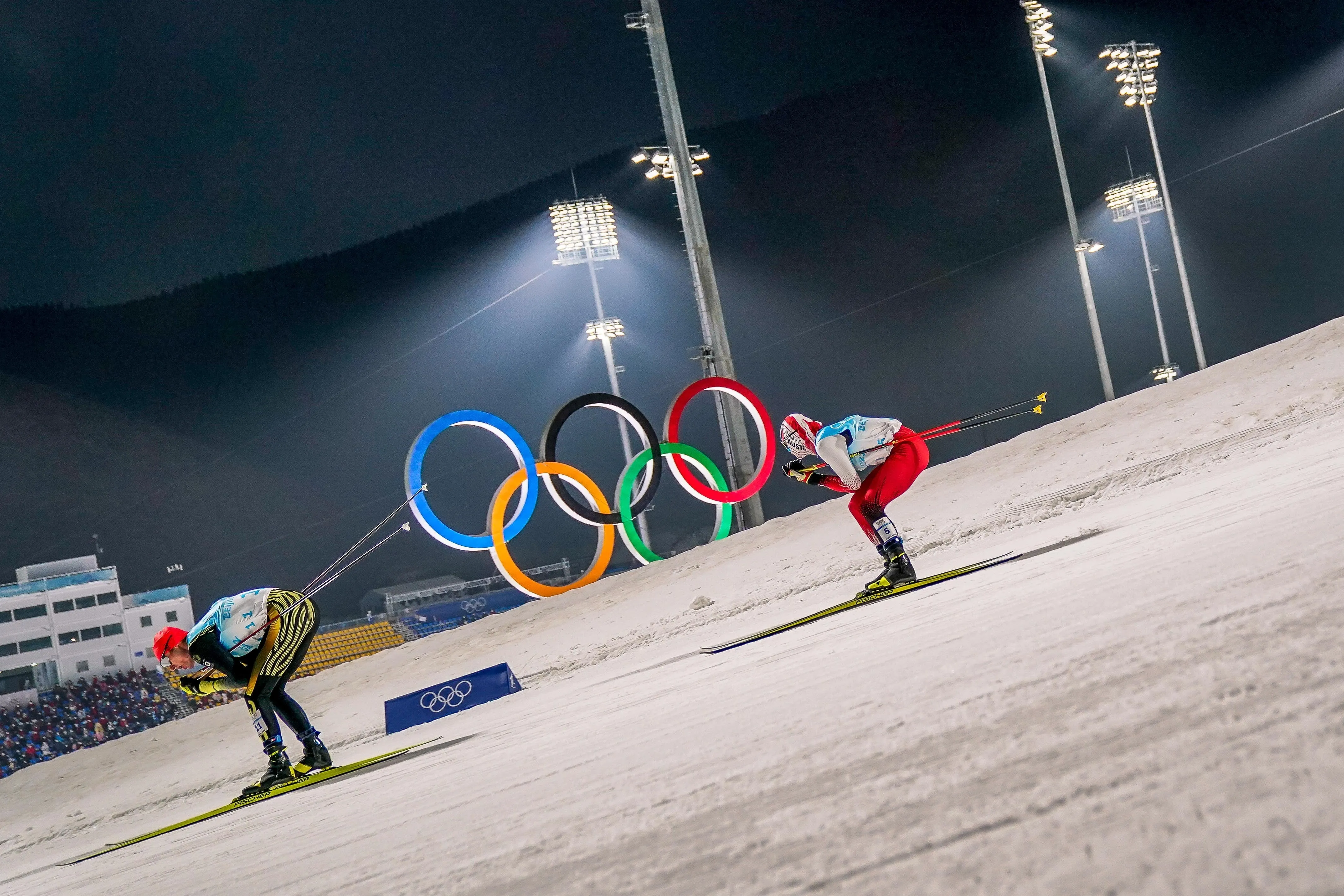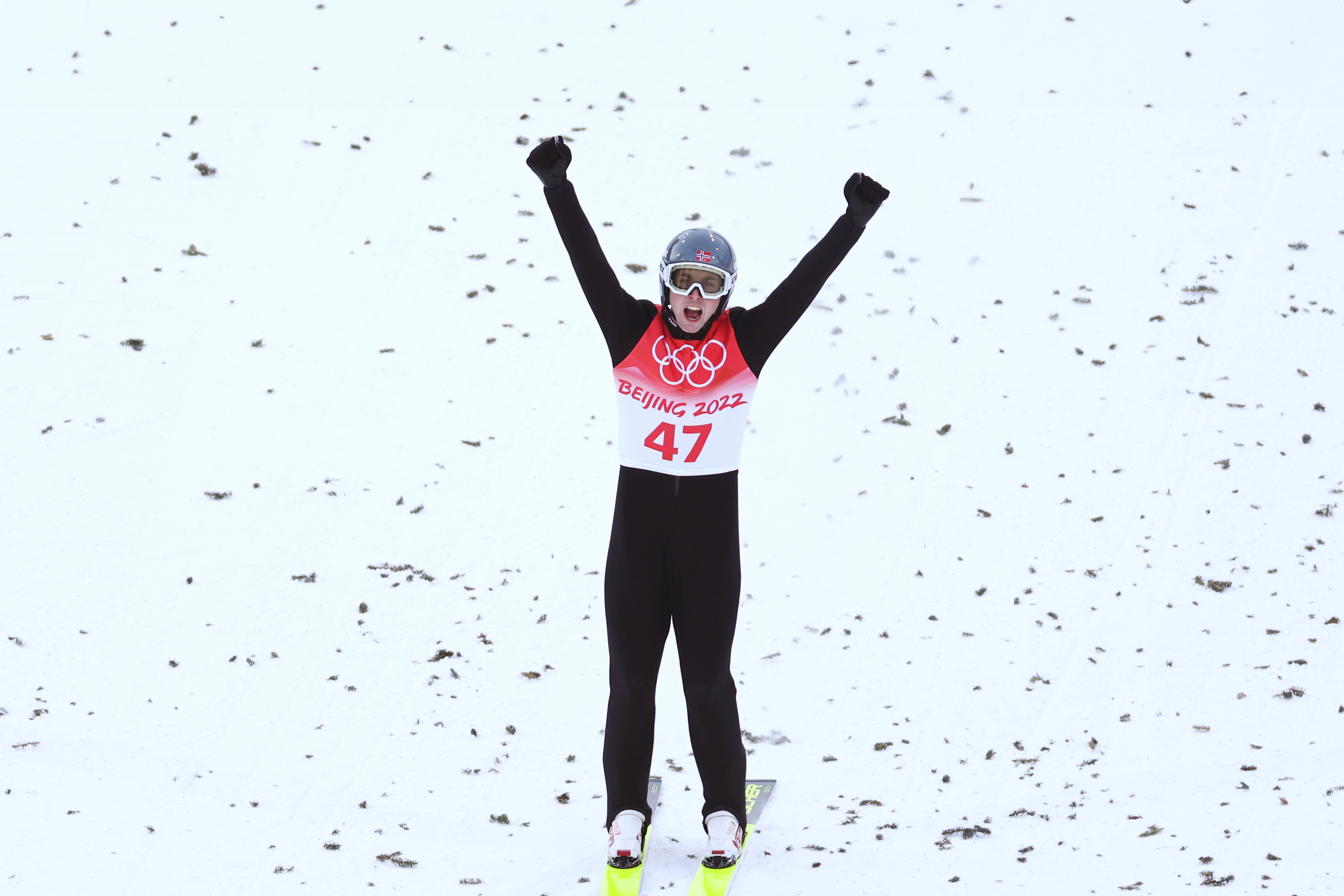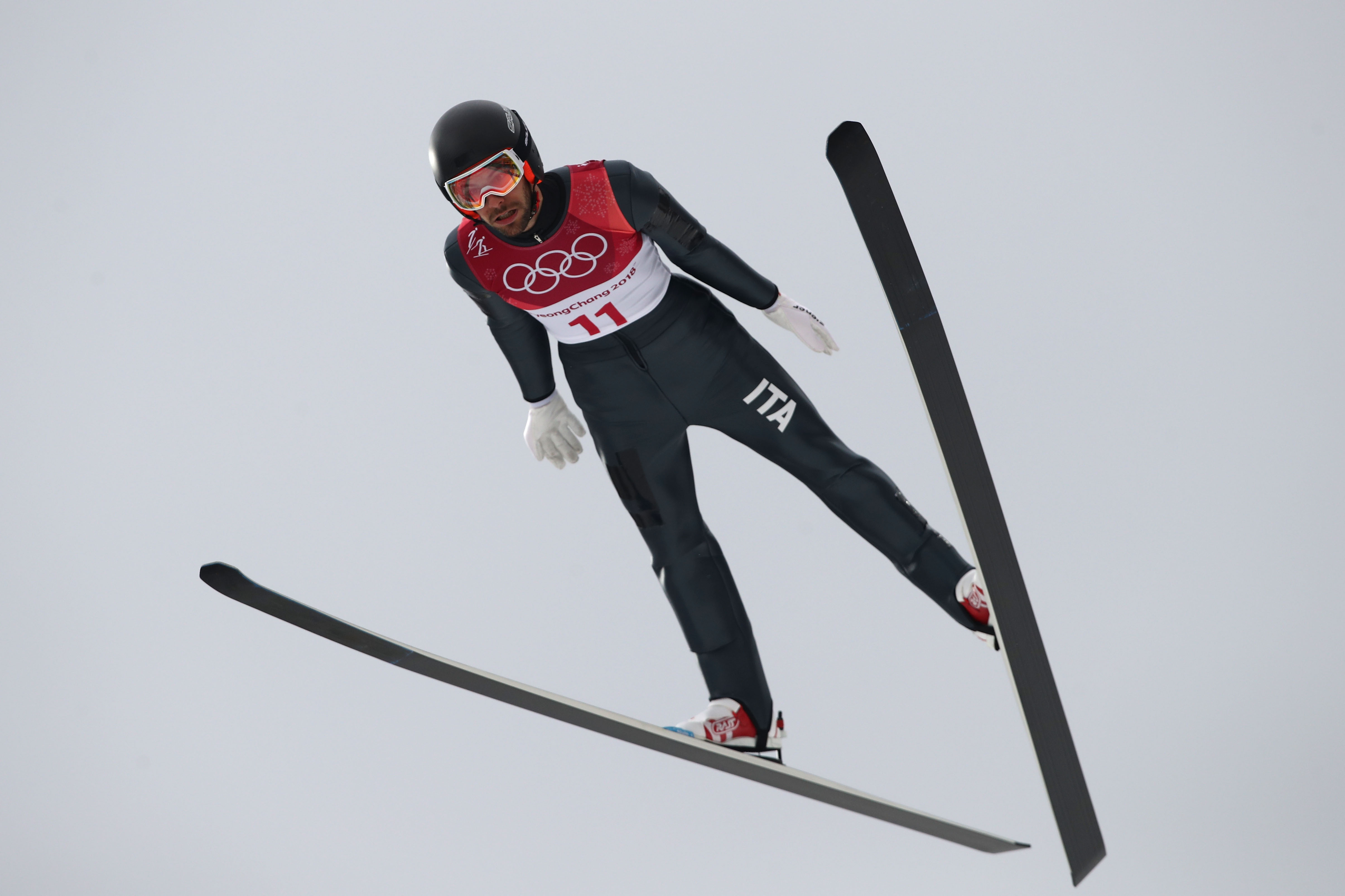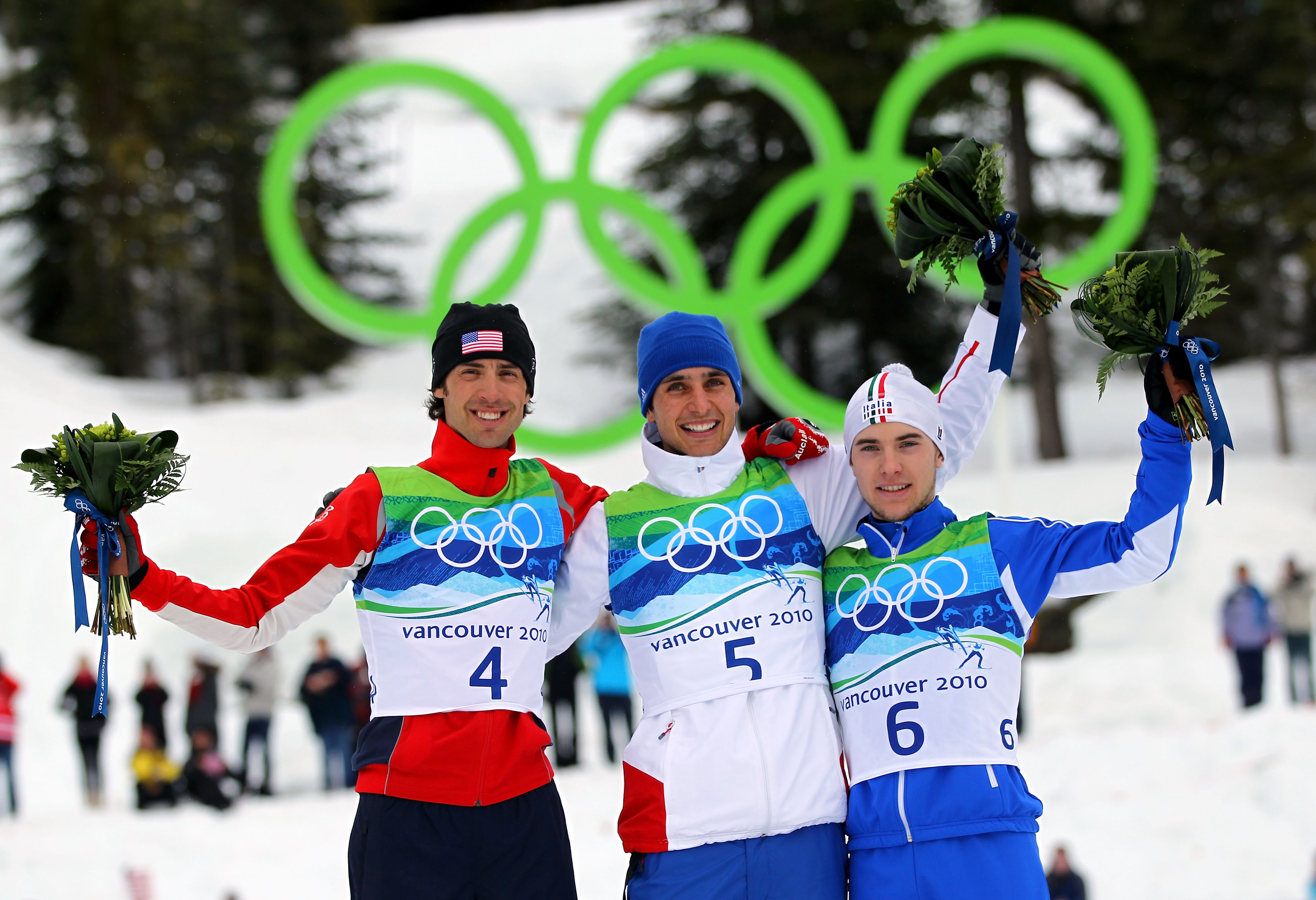Everything you need to know before the Olympic Winter Games Milano Cortina 2026. Let's take a look at this sport's most memorable moments, best stories and medals
Is there any other winter sport that requires such a broad range of skills as Nordic Combined? First in mid-air, then along the trail: the fascination of Nordic Combined lies in the alchemy of diametrically opposed skills, with rules that make it even more spectacular and photo-finish wins.
This sport has been present at the Olympic Winter Games since the first edition in Chamonix 1924, although no women's event has ever been added to the Olympic programme. The first competition ever to be held, one hundred years ago, was the men's individual from the normal hill. Then, the team event was added in Calgary 1988, followed by the large hill competition.
So, what are the origins of this fascinating sport? Which nation won the most medals at the Olympic Games? Who are some of its greatest champions? Fan26 comes to the rescue to answer these and any other questions you may have!
From Norway to the world
The origins of this sport go back centuries, in the snow-covered north, where skiers had to hunt and gather wood, even during the long winters. With large distances between small and isolated communities, and harsh snowy winters, skis also became important for maintaining social contact. 'Ski' comes from the Norwegian word 'skid', and means an elongated piece of wood split in two.
The first Nordic Combined event as we know it today took place during the famous Holmenkollen festival in 1892, where the main attraction was precisely these athletes proving their explosiveness and endurance, aerodynamics and strength. Soon, the festival became very popular, and attracted skiers from Sweden and other neighbouring countries. King Olav V of Norway was also a good jumper, and took part in the Holmenkollen Festival in the 1920s.
Nordic Combined is a matter of balance between ski jumping and the completely different skill set needed for cross-country skiing. Cross-country skiing requires endurance, and a hard and intense training, while ski jumping is very technical and involves fast activated muscles. However, finding the balance between these two disciplines is the most fascinating part of this sport.
The Olympic début
As already mentioned, Nordic Combined is one of the most historical disciplines of the Olympic Winter Games, having been on the programme since Chamonix-Mont-Blanc 1924.
On that first edition, the event included first an 18 km cross-country race, and then the ski jumping competition. Since Oslo 1952, the two disciplines have been reversed. Until the 1980s, the skiing portion was done in classic technique, then it switched to freestyle. And in Calgary 1988, the Gundersen method was introduced (a former Norwegian athlete and technical director of the individual Nordic Combined at the Olympic Winter Games Lake Placid 1980), with the cross-country pursuit event based on scores obtained in the ski jumping portion. The team competition was added on the same Canadian edition, while the large hill event in Vancouver 2010.
In the last two editions of the Olympic Winter Games, Germany has made a clean sweep with three golds in as many categories and even a triple podium in the individual large hill event in PyeongChang 2018, while in Beijing 2022, Norway secured victory in the Gundersen LH with Jørgen Graabak, and also in the team event; the gold in the Gundersen from the normal hill, however, went to Germany again, with Vinzenz Geiger leading a memorable competition.
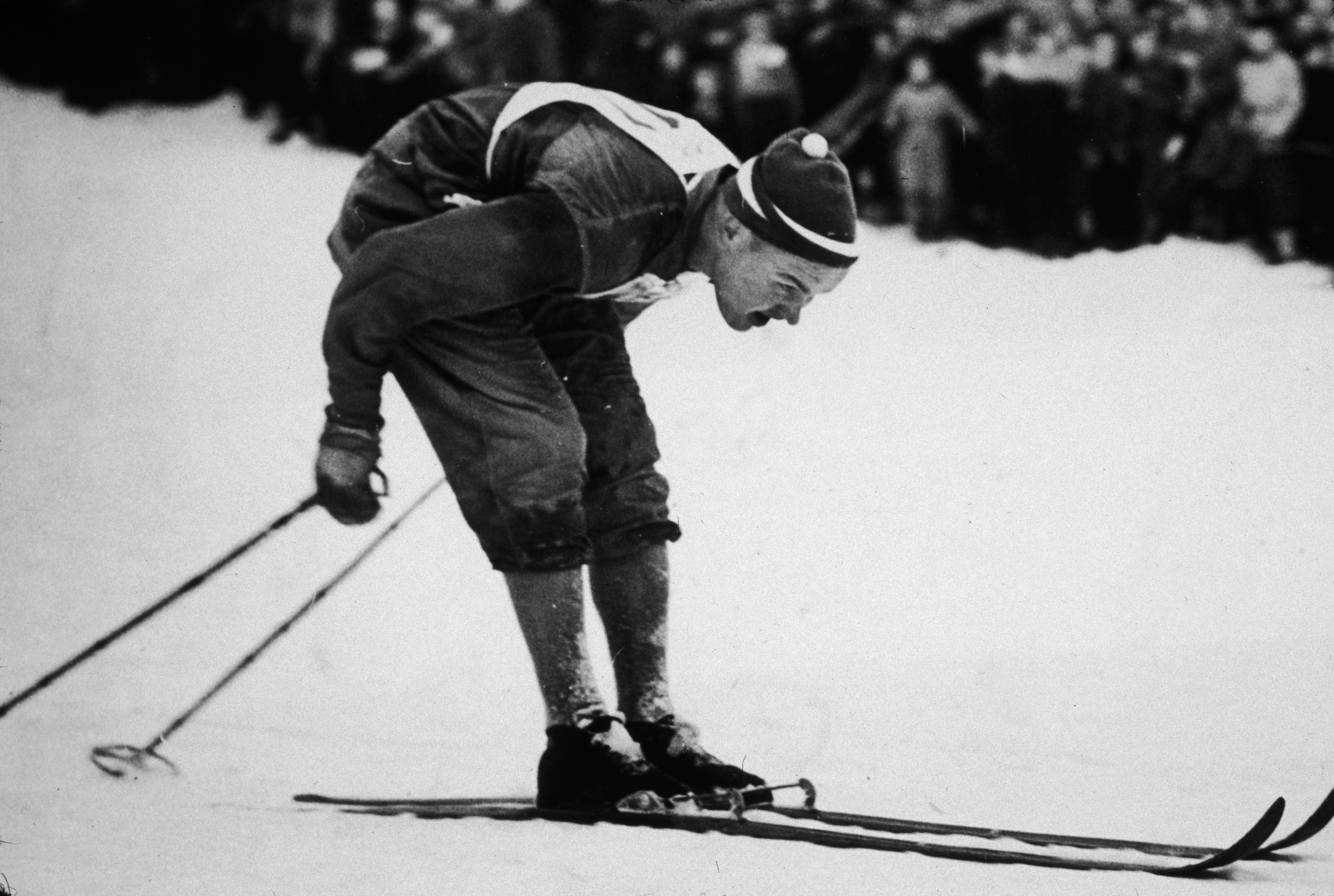
Simon Slattvik, Norway, Nordic combined, Olympic Winter Games Oslo 1952
Nordic domination
Unsurprisingly, at first, the sport was dominated by Norwegian and Finnish athletes. It was only in 1960 that the Nordic domination was interrupted, with Georg Thoma (East Germany) scoring gold in Squaw Valley.
Norway holds the record for Olympic medals in the Nordic Combined with 35 medals (15 gold, 12 silver and 8 bronze), followed by Germany with 16 (6 gold, 6 silver and 4 bronze) and Finland with 14 (4 gold, 8 silver and 2 bronze).
However, the two athletes with the most Olympic medals are Austria's Felix Gottwald and Germany's Eric Frenzel, both with seven medals each, three of them gold. Italy also boasts an Olympic medal in this discipline: Alessandro Pittin won bronze in Vancouver 2010 in the individual normal hill competition.

Alessandro Pittin, Italy, Nordic combined, Olympic Winter Games Vancouver 2010
Towards Milano Cortina 2026
At the Olympic Winter Games Milano Cortina 2026, Nordic Combined competitions will be held in Val di Fiemme: cross-country skiing in Tesero and ski jumping in Predazzo.
Val di Fiemme and Predazzo will be the world's hills for ski jumping and Nordic Combined competitions. The facility spreads over an area of 3,000 square metres and consists of two main hills for international competitions, training hills, and several areas equipped for athletes, judges, federations and media.
While in Tesero, the Fabio Canal Cross-Country and Biathlon Centre is located at 830 m above sea level. The 19 km of slopes are always challenging, and mostly suitable for both skating and classic style. Part of the slopes are also artificially lit, making night skiing possible, and will host all the Olympic and Paralympic cross-country skiing and biathlon competitions of Milano Cortina 2026.
And so, its past and present make Val di Fiemme the perfect venue to host the future Olympic competitions at Milano Cortina 2026! An experience that will captivate enthusiasts and new fans alike, who will surely be enraptured by the emotions of such a unique and unrepeatable event.
You wouldn't want to miss this magical show, would you? Click on the ticketing button on our website and enter the draw to secure the best tickets.







